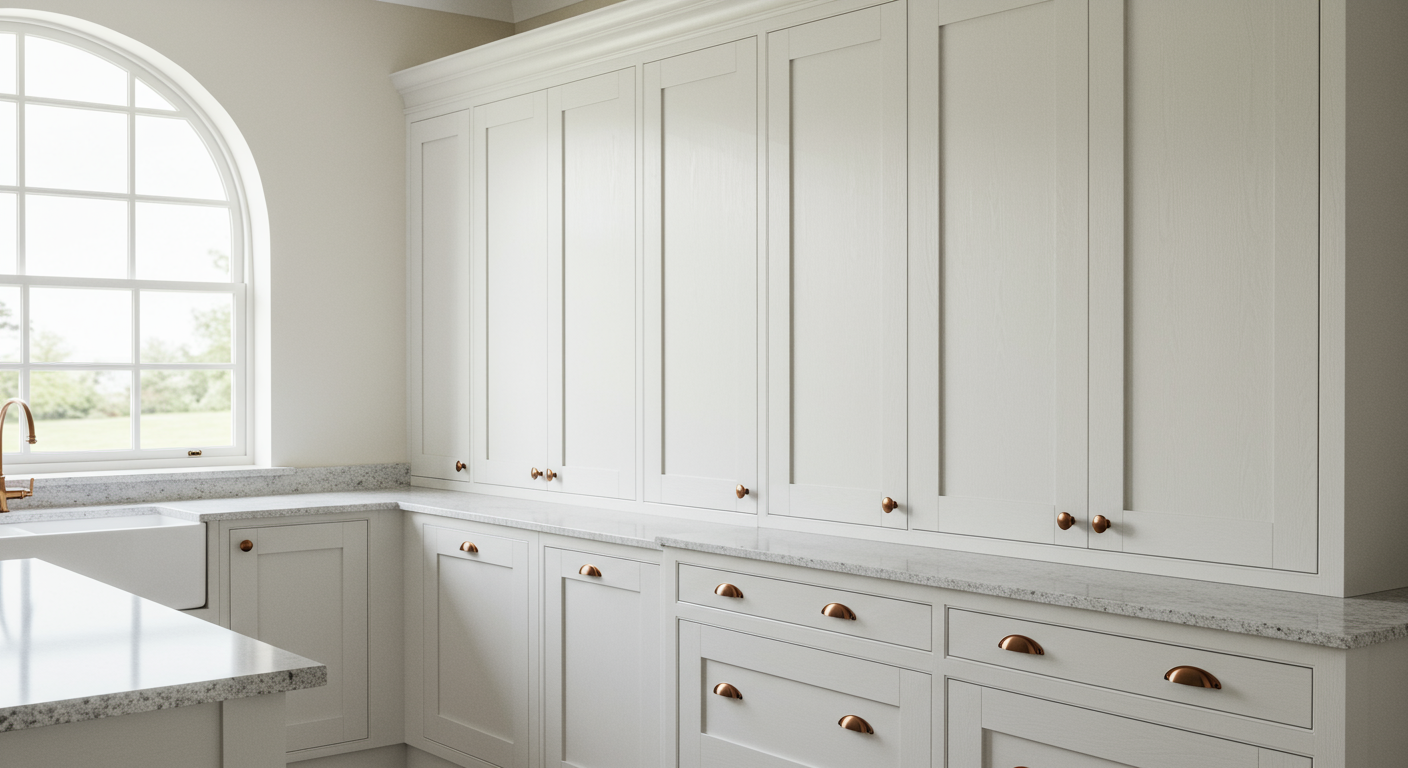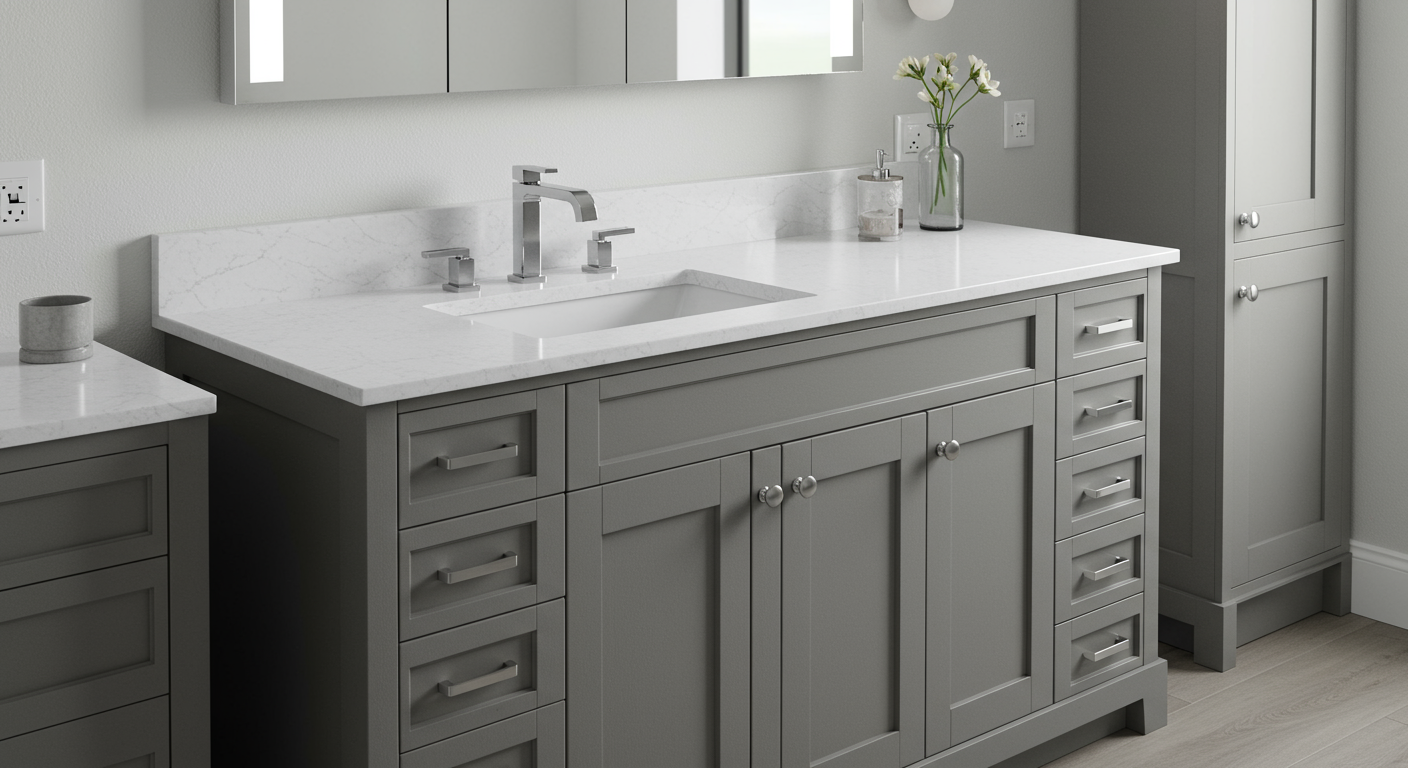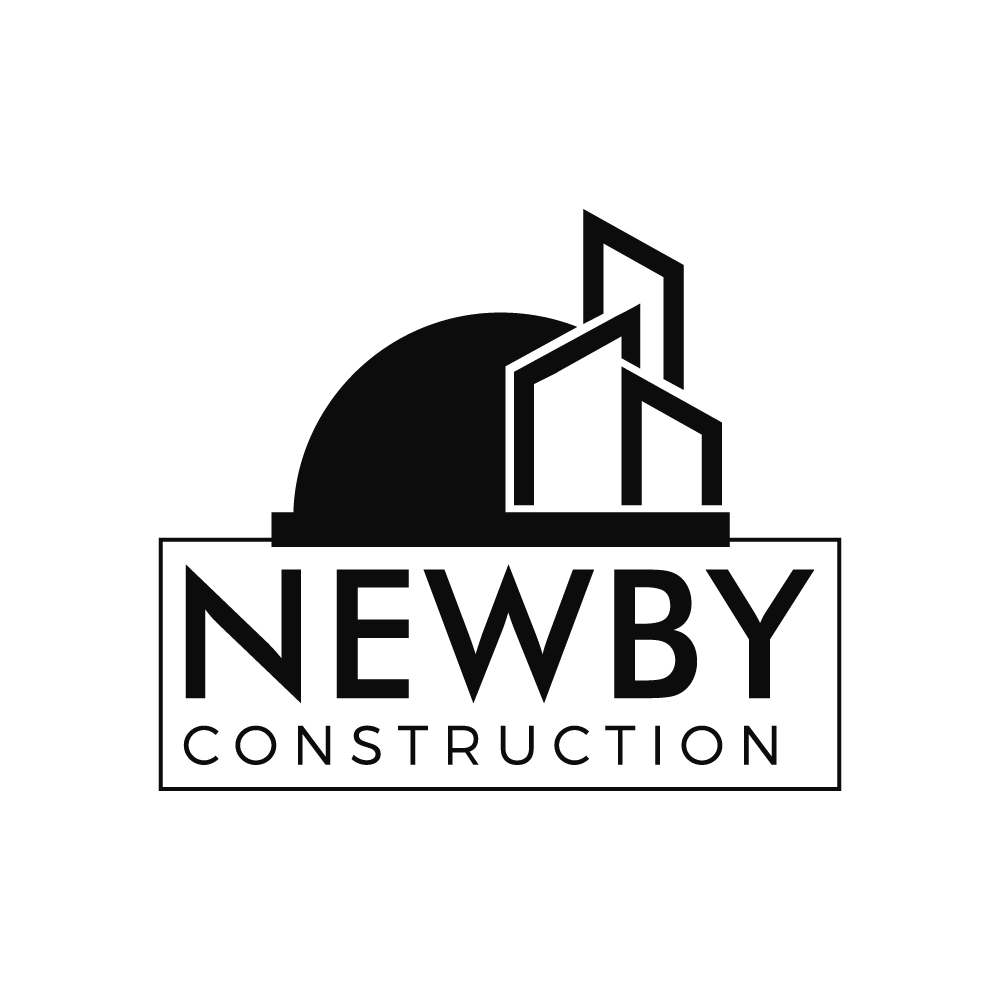
Trends come and go, but few styles are as quietly confident as shaker cabinets. With their clean lines and unfussy detail, they’ve stayed at the top of wish lists for decades—and 2025 is no different. Here’s why this timeless door style continues to win in real homes, across real budgets, and in nearly every design direction.
1) The DNA of Shaker Design
At their core, shaker cabinets are a simple five-piece frame with a flat center panel. That restraint is the magic. The look is clean, balanced, and honest, which means it never screams for attention—and never feels dated. Rooted in craftsmanship and utility, they bring calm order to busy kitchens.
2) Effortless Versatility
Shaker cabinets flex to fit almost any aesthetic:
Modern: Pair slim hardware, flat drawers, and a matte paint for a crisp, contemporary vibe.
Traditional: Add warmer tones, classic pulls, and crown for timeless elegance.
Farmhouse: Mix natural wood, apron-front sinks, and warm metals for cozy character.
Transitional: Blend sleek lighting with soft profiles for a best‑of‑both‑worlds look.
They’re a design chameleon—equally at home with stone, quartz, butcher block, or stainless.
3) Colors, Finishes, and Details That Work Hard
From white shaker cabinets and soft grays to deep greens, blues, and natural stains, the palette is wide open. Two‑tone layouts (light uppers, darker lowers) add depth without clutter. Finish choices—satin paints, durable stains, or specialty sheens—let you fine‑tune the vibe. Change the hardware and the whole room can shift style in one afternoon.
4) Pros and Cons (The Honest Take)
Pros:
- Timeless design with broad appeal
- Plays nicely with almost any countertop, floor, or backsplash
- Simple profiles are easier to clean than ornate doors
- Strong resale signal—buyers recognize the look
- Available across good‑better‑best tiers for flexible budgets
Timeless design with broad appeal
Plays nicely with almost any countertop, floor, or backsplash
Simple profiles are easier to clean than ornate doors
Strong resale signal—buyers recognize the look
Available across good‑better‑best tiers for flexible budgets
Cons:
- The recessed panel can collect a bit of dust
- Ubiquity: if you crave ultra‑unique, you’ll need to personalize with color, hardware, or layout
The recessed panel can collect a bit of dust
Ubiquity: if you crave ultra‑unique, you’ll need to personalize with color, hardware, or layout
5) Beyond the Kitchen

Shaker styling isn’t just for the cook space. It’s a natural fit for bathroom vanities, laundry rooms, mudrooms, and built‑ins. Using shaker cabinets throughout your home ties spaces together with a cohesive, calm thread—without feeling repetitive.
6) Smart Value for Today and Tomorrow
Because shaker cabinets are widely loved, they’re a safe investment. You’ll find strong options in semi‑custom lines with durable finishes, soft‑close hardware, and solid construction—features that feel good now and stand up over time. And when tastes evolve, it’s easy to refresh shakers with new paint or hardware rather than a full replacement.
7) Why They’re Still #1 in 2025
Design fatigue is real—but not with shakers. Their restraint makes them resilient against trend cycles. They harmonize with popular looks (organic modern, warm minimalism, new traditional), and they anchor bolder choices—like veined stone or statement lighting—without competing. In short: simplicity done well ages best.
Conclusion: Classic, Adaptable, Dependable
If you want cabinets that look great now and five years from now, shaker cabinets deliver. They’re easy to live with, simple to personalize, and universally appealing—exactly what busy kitchens (and busy families) need. Whether you’re planning a full renovation or a targeted refresh, shakers give you style, stability, and room to grow.


